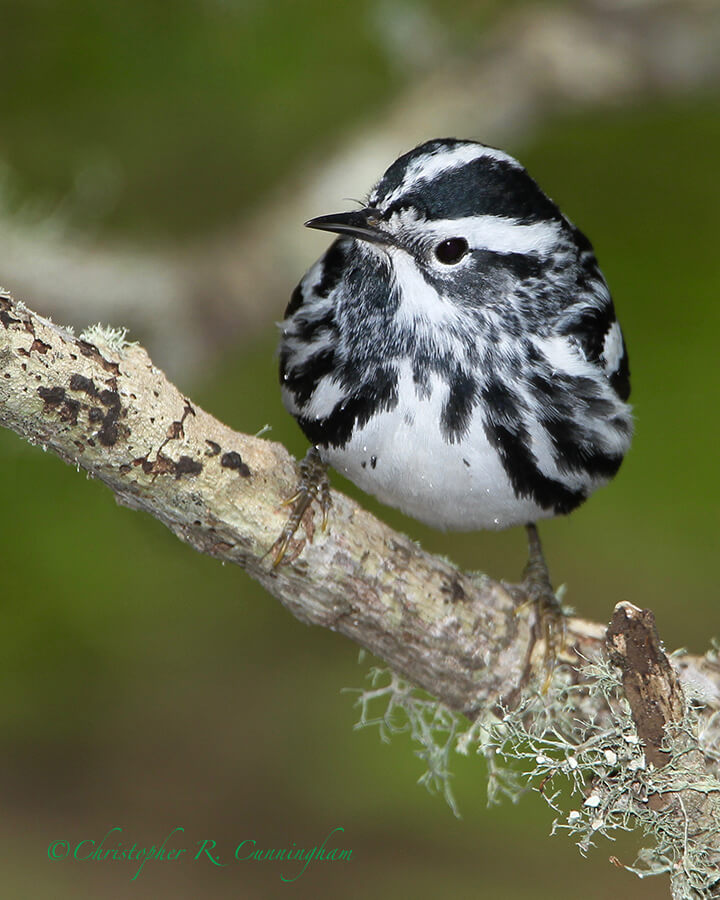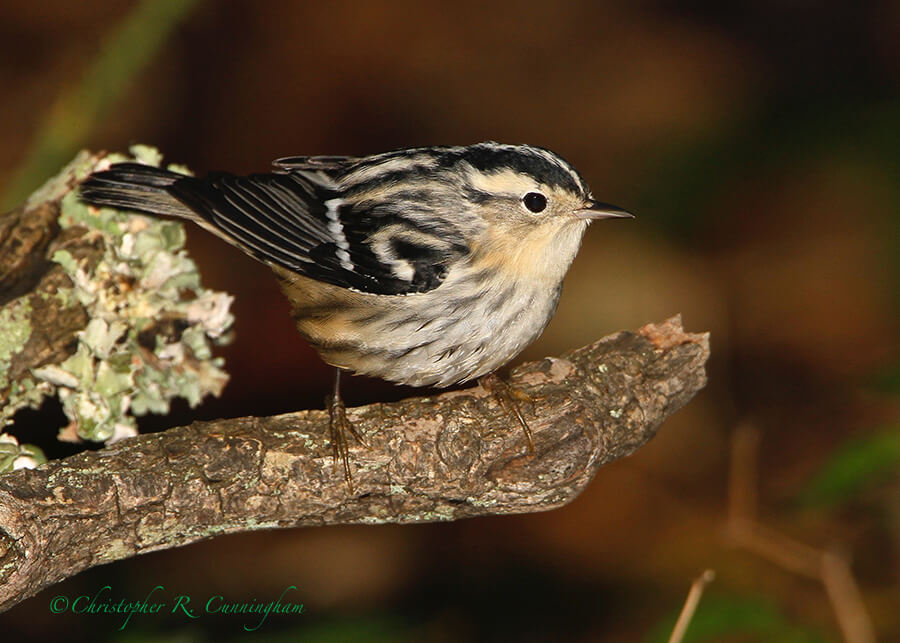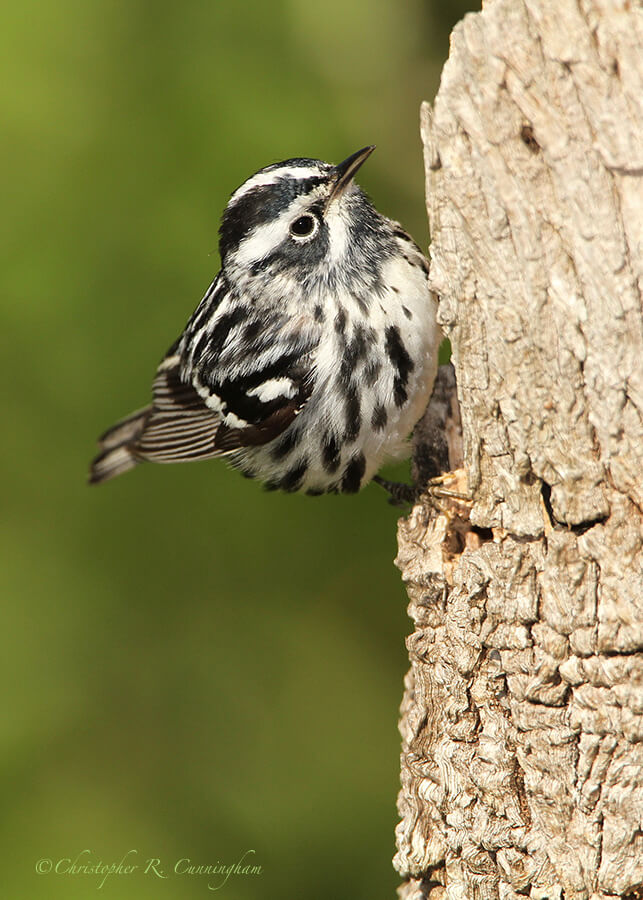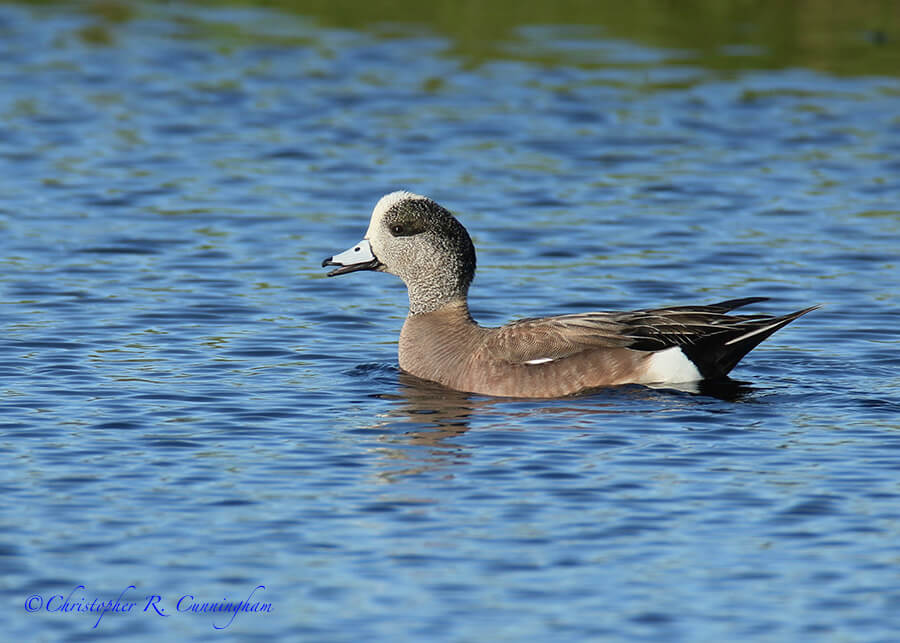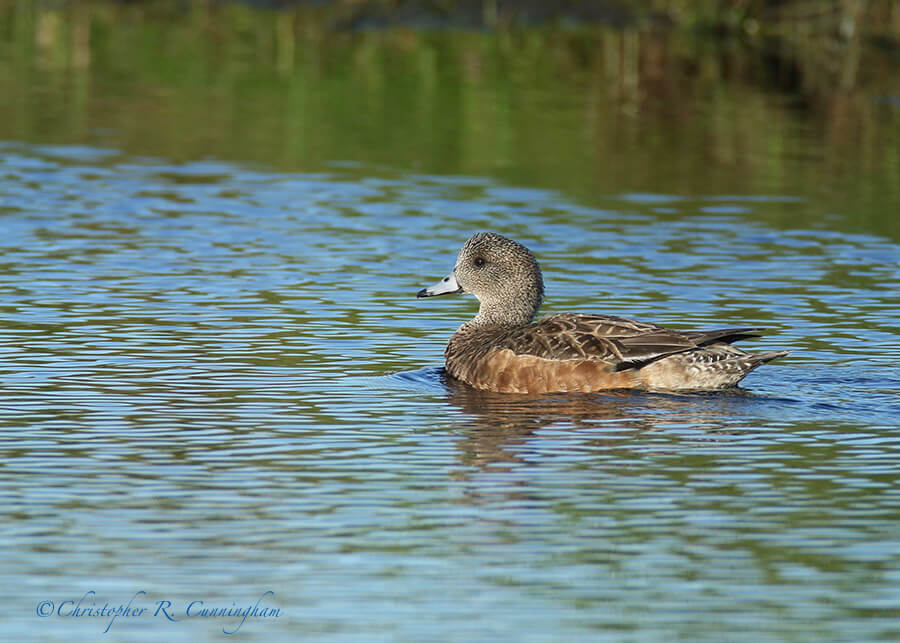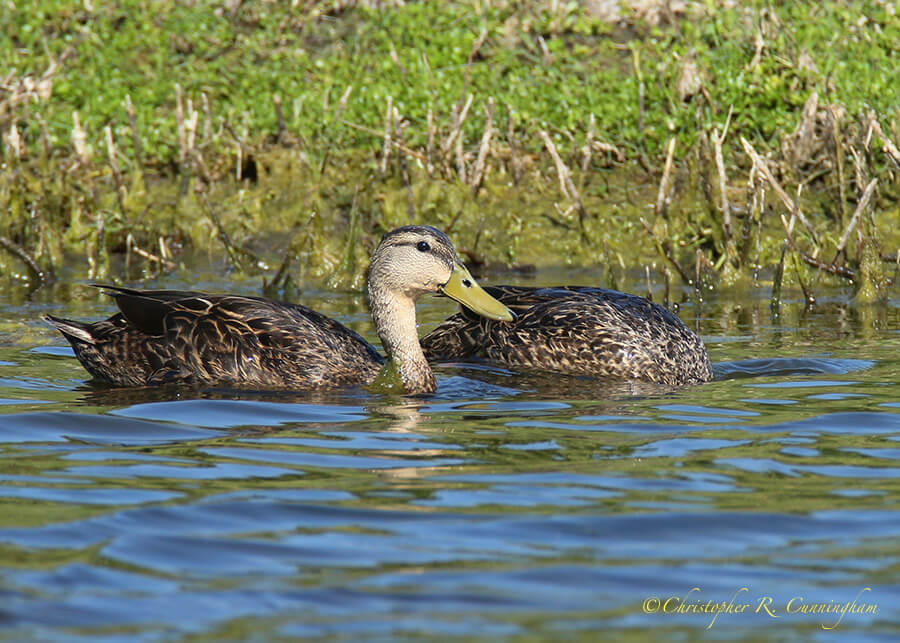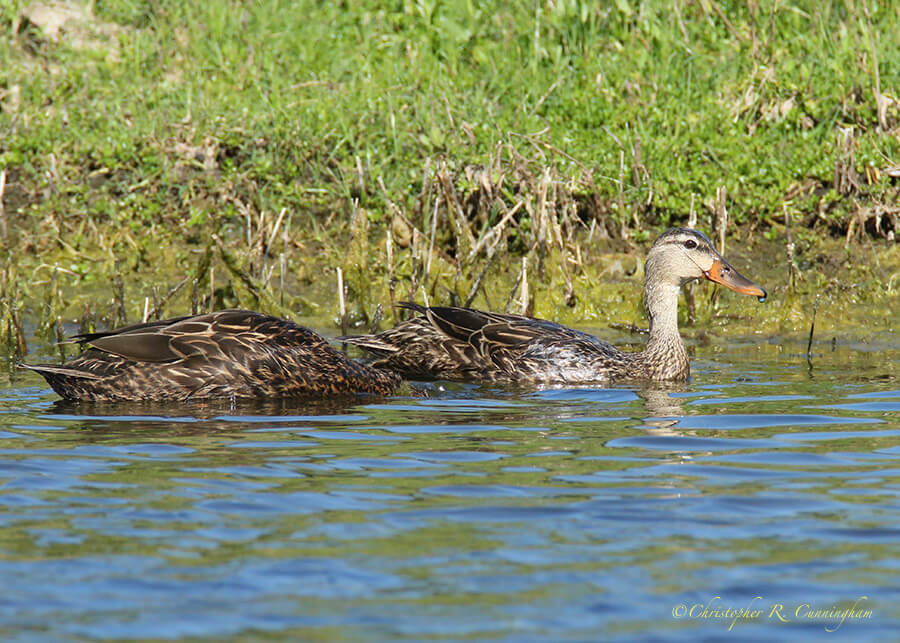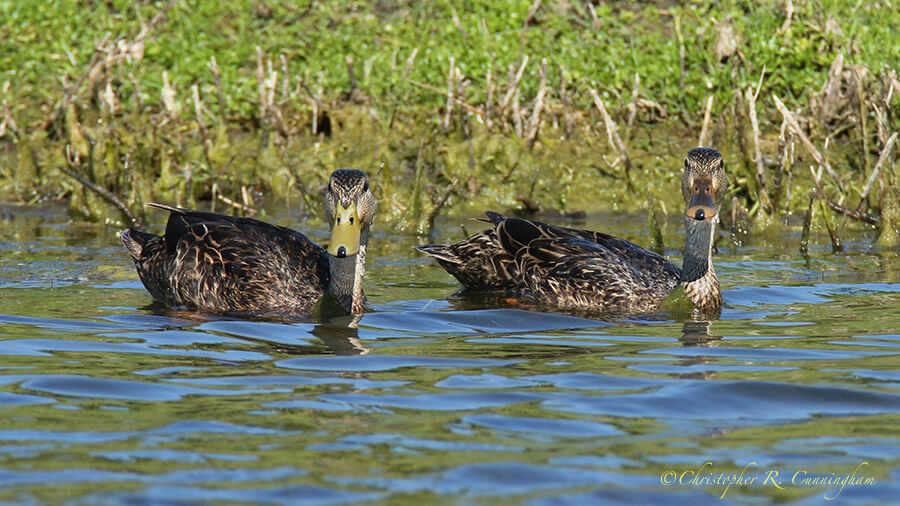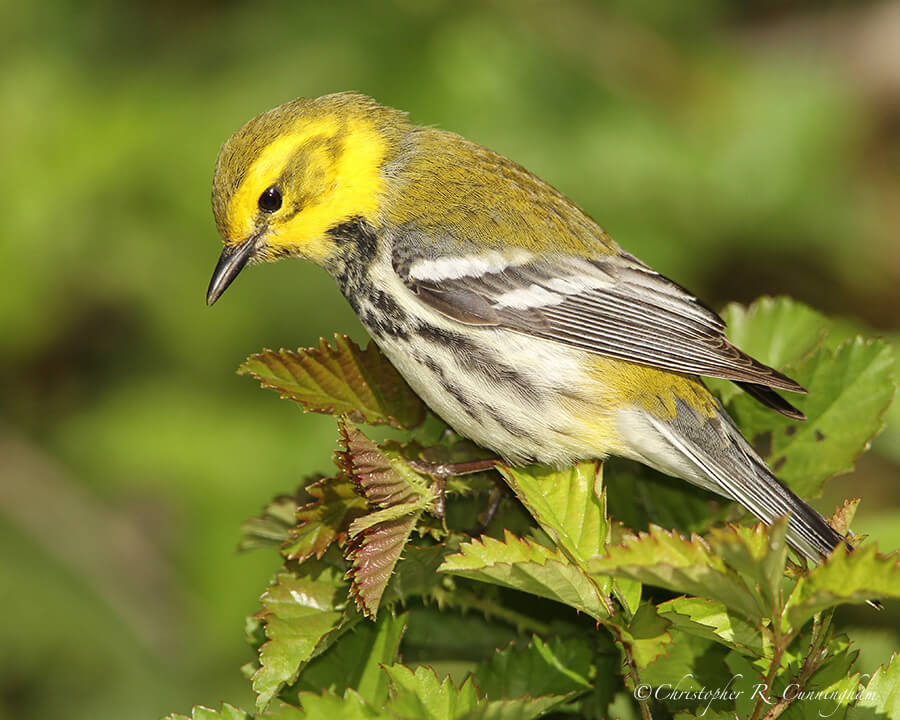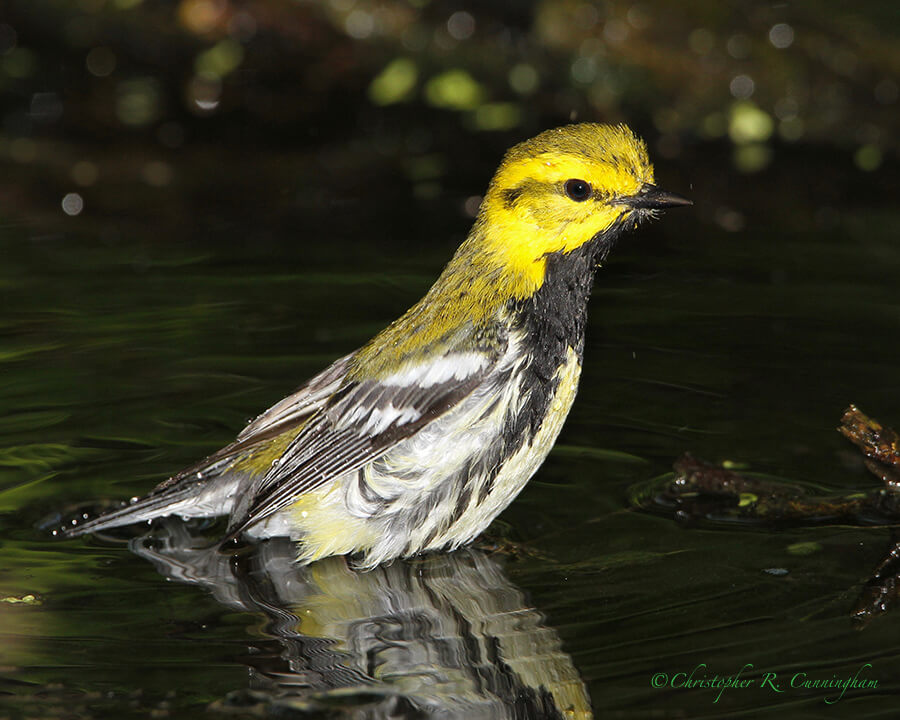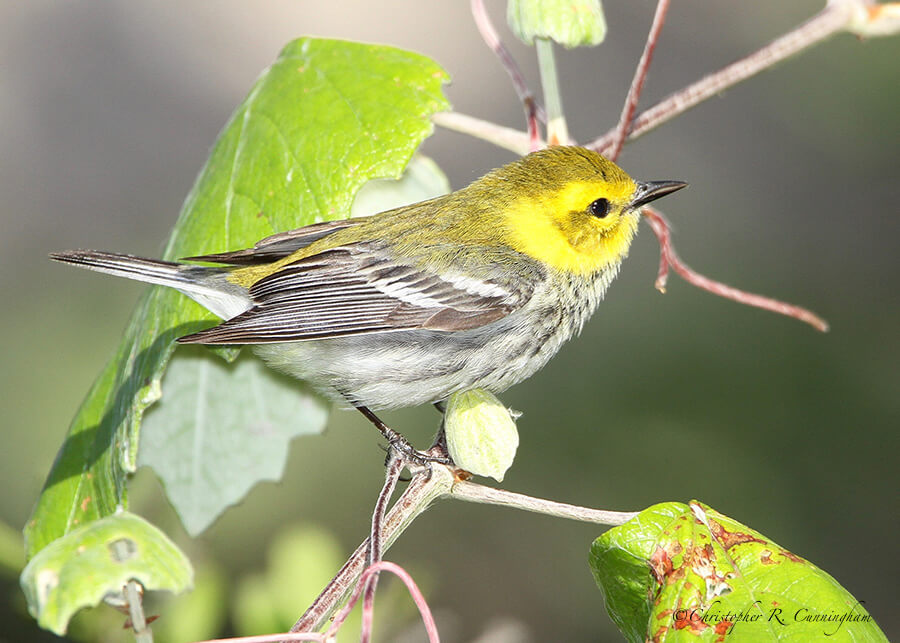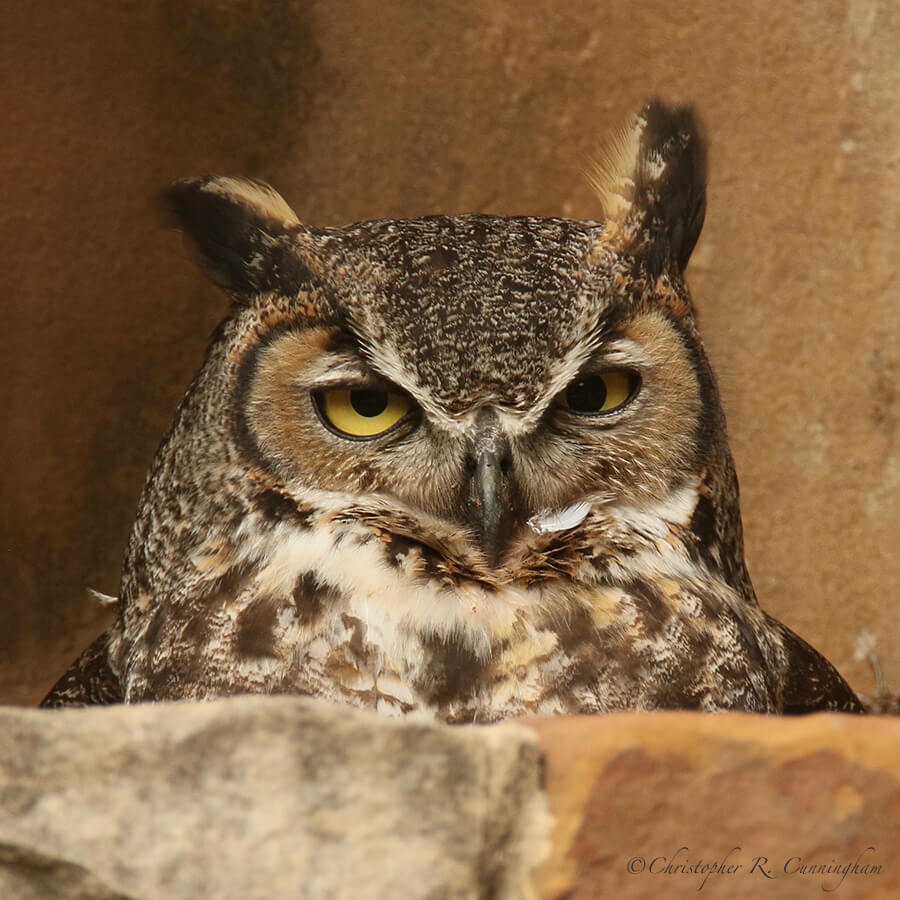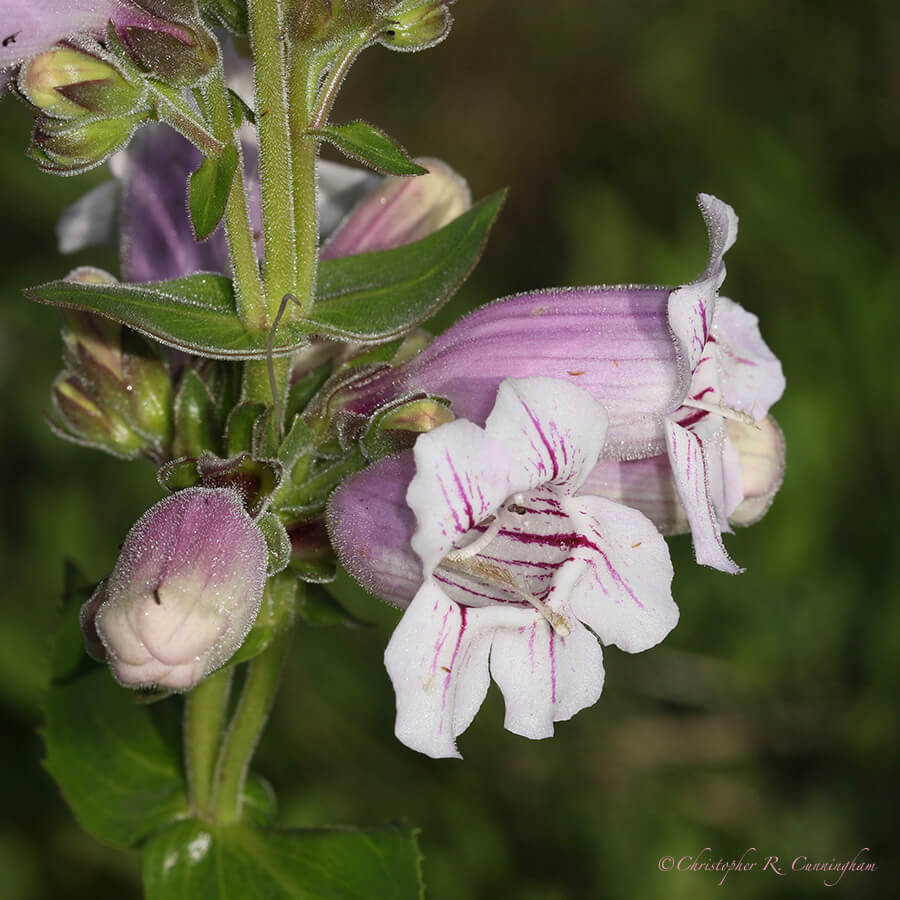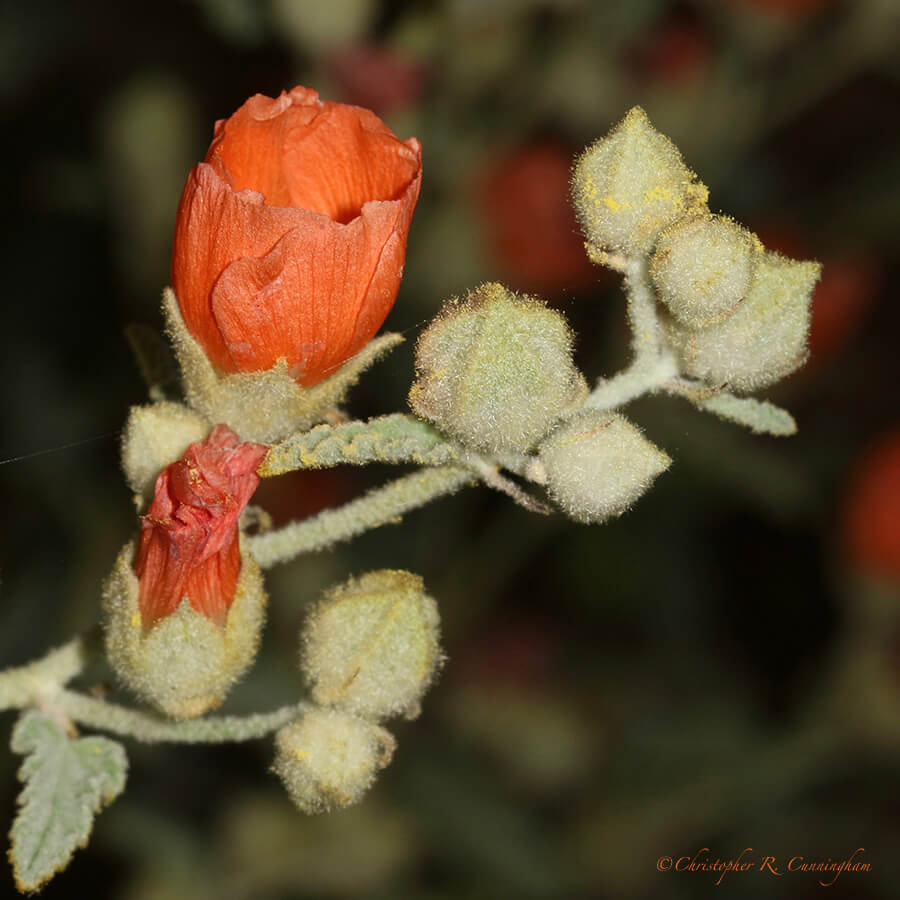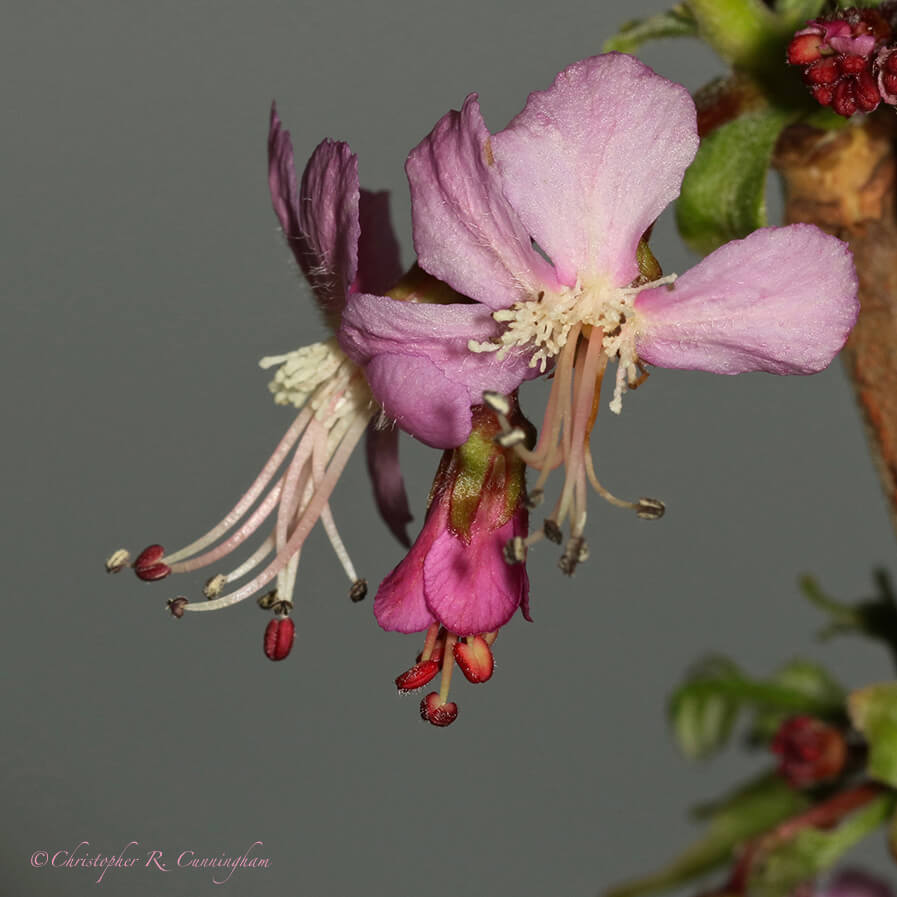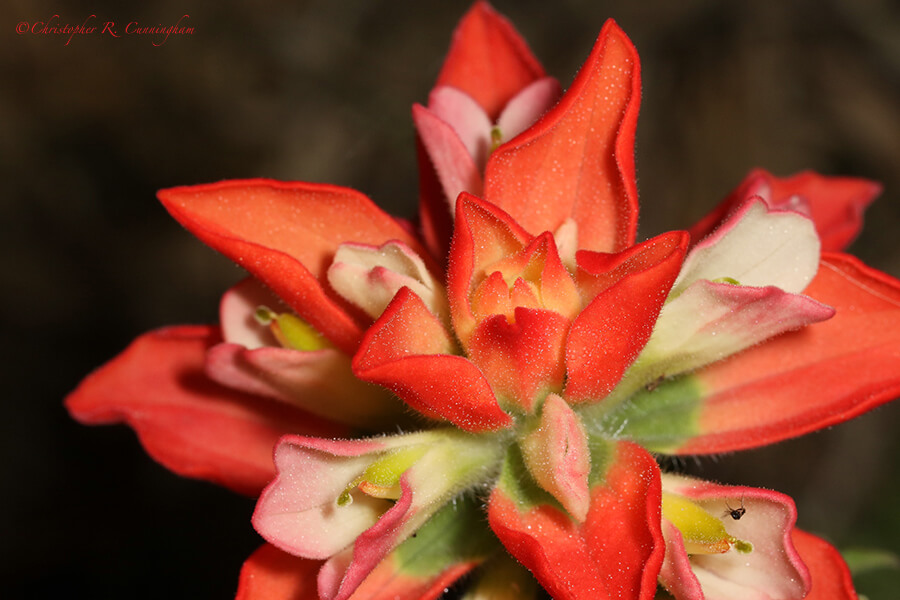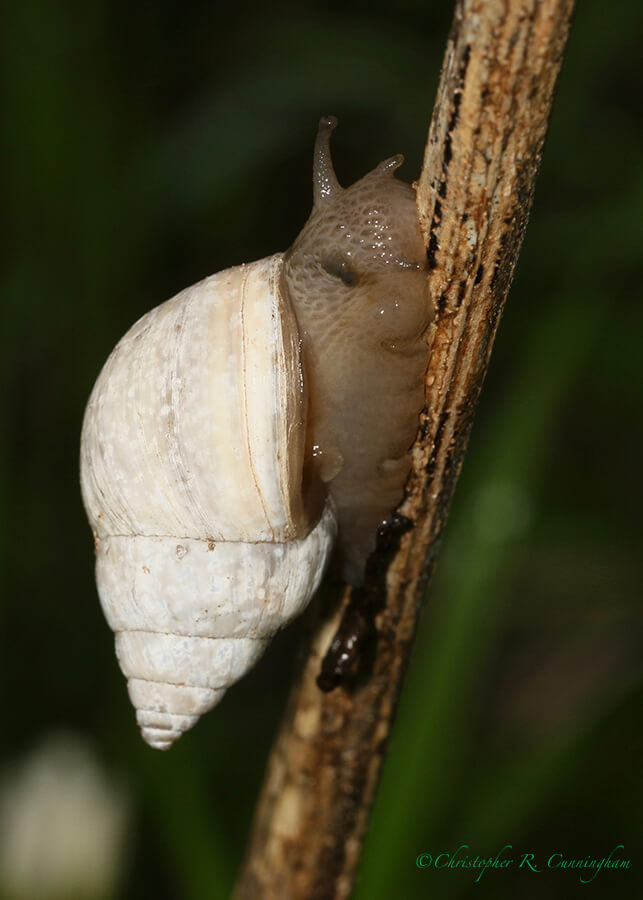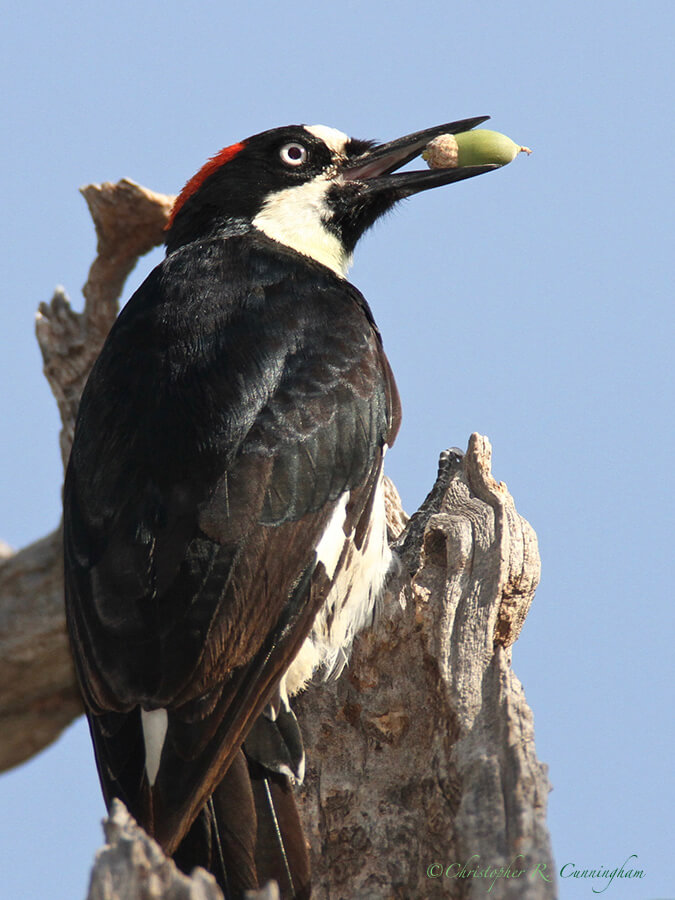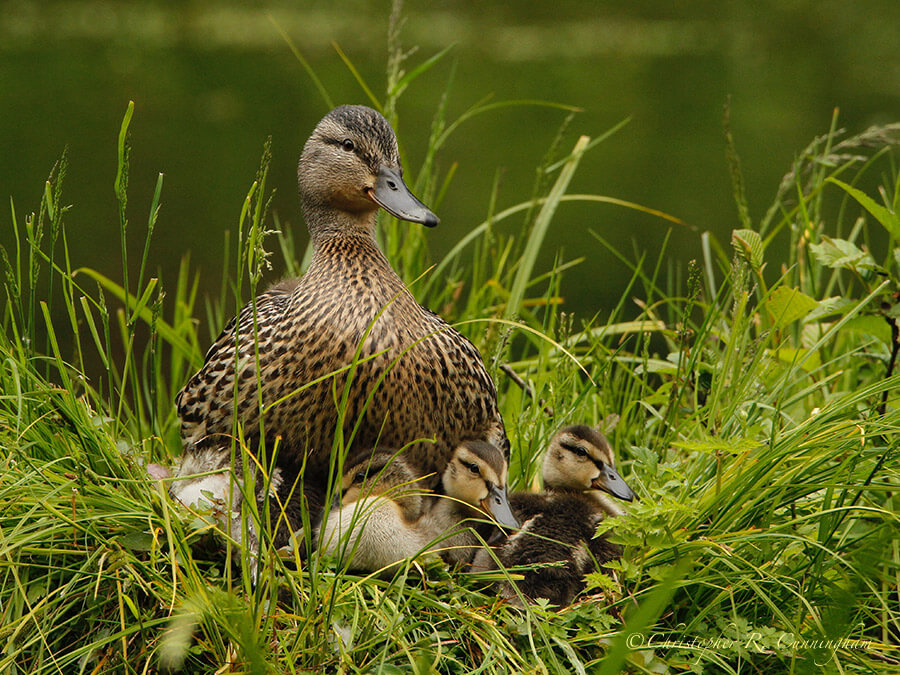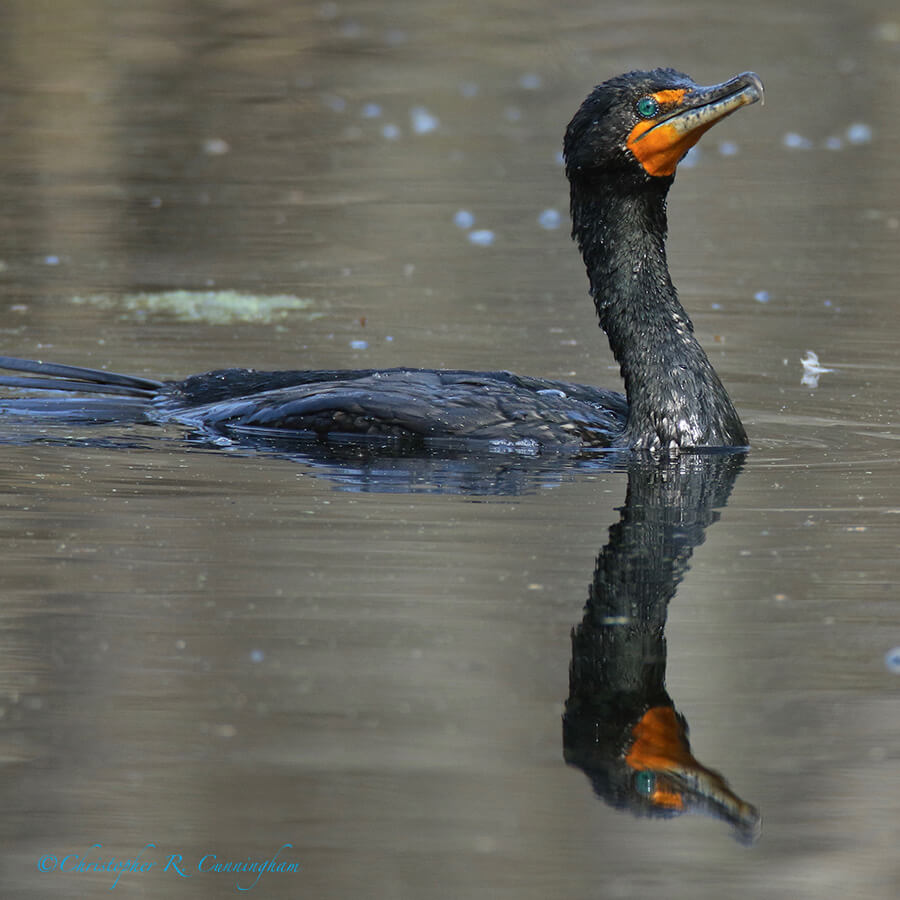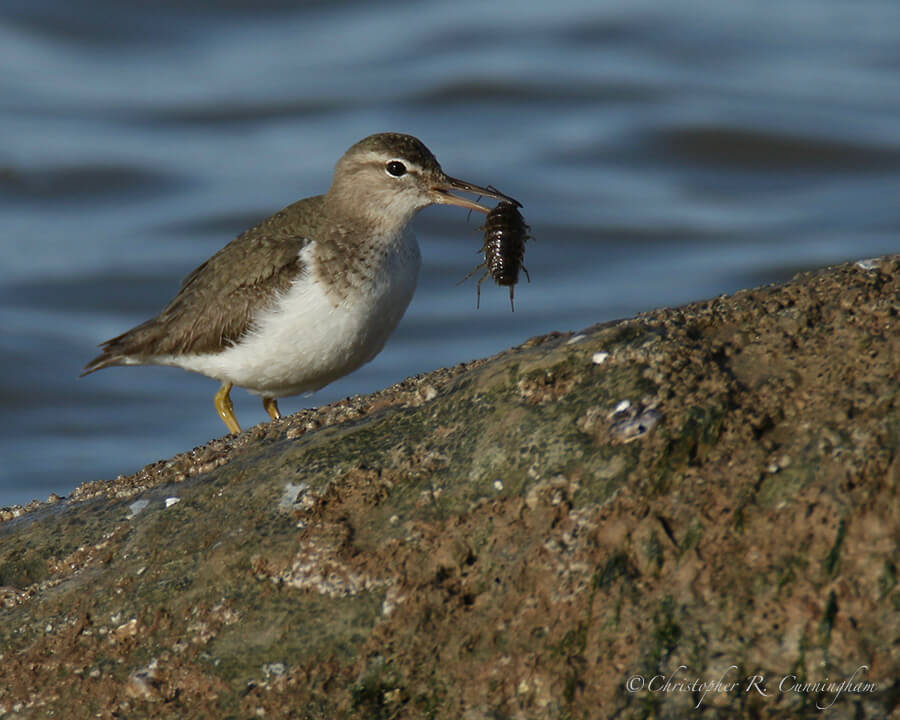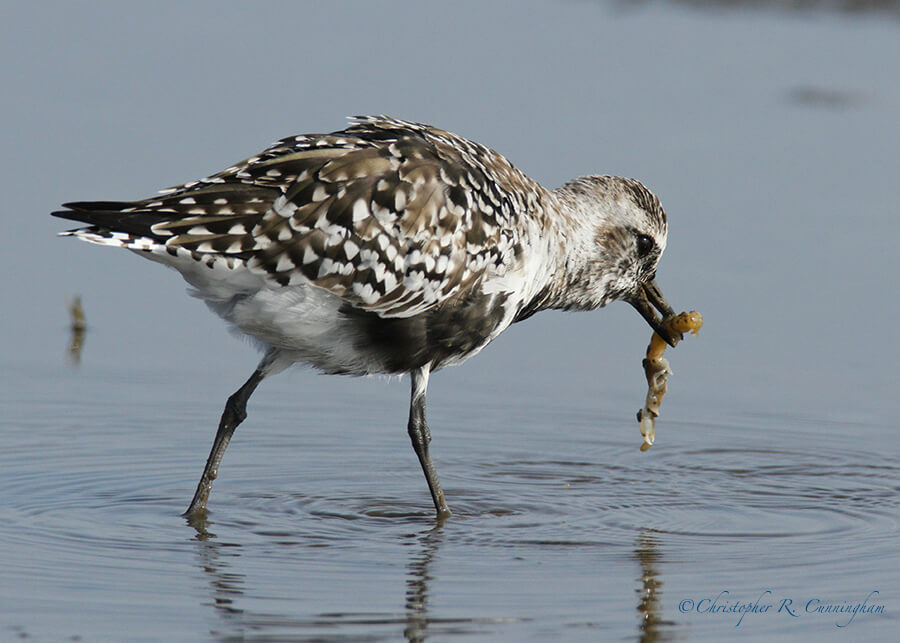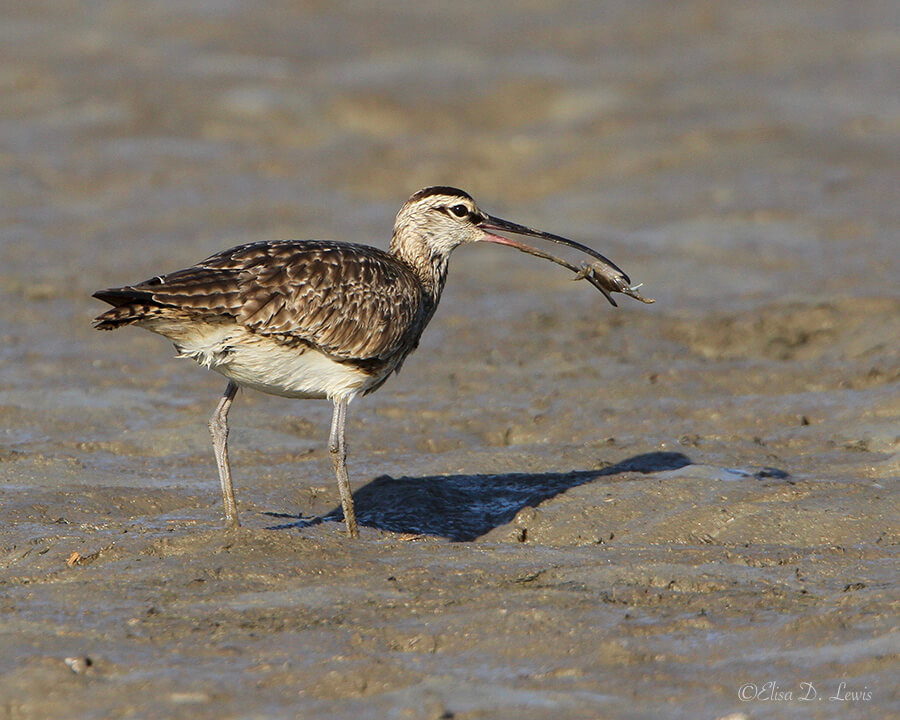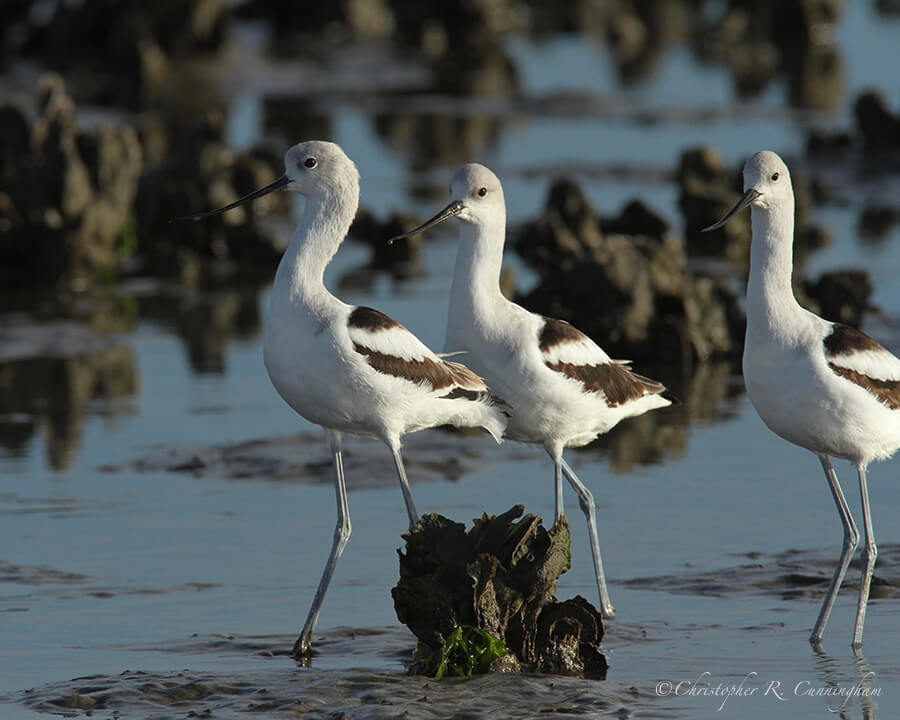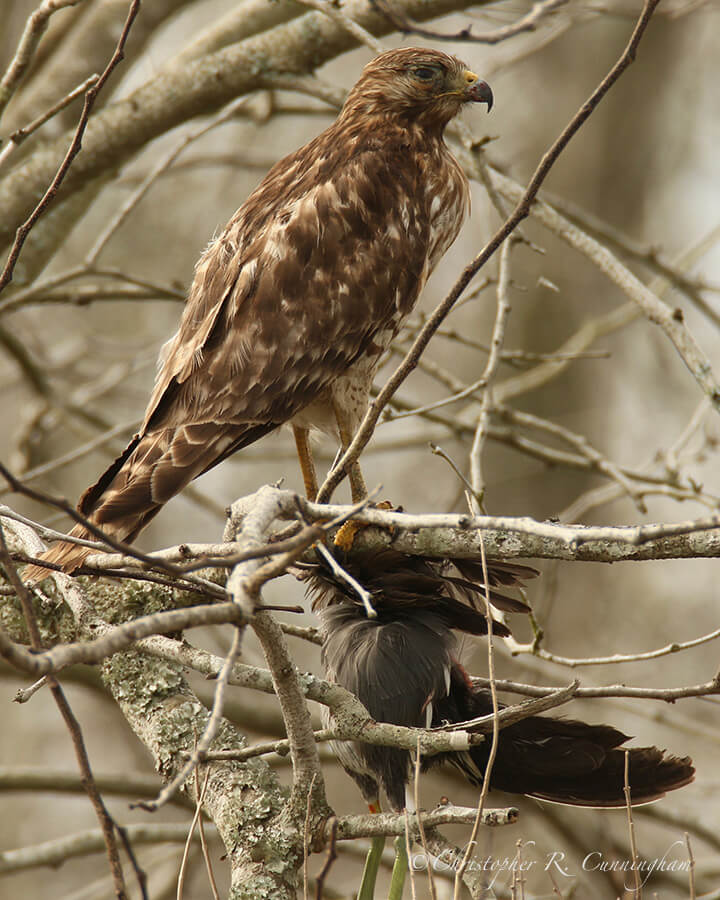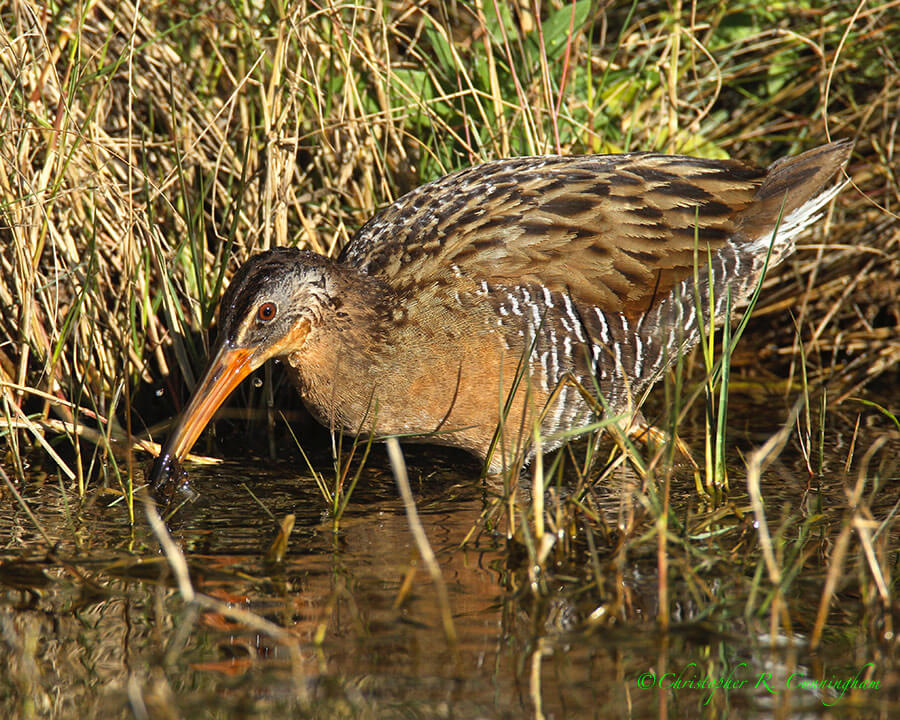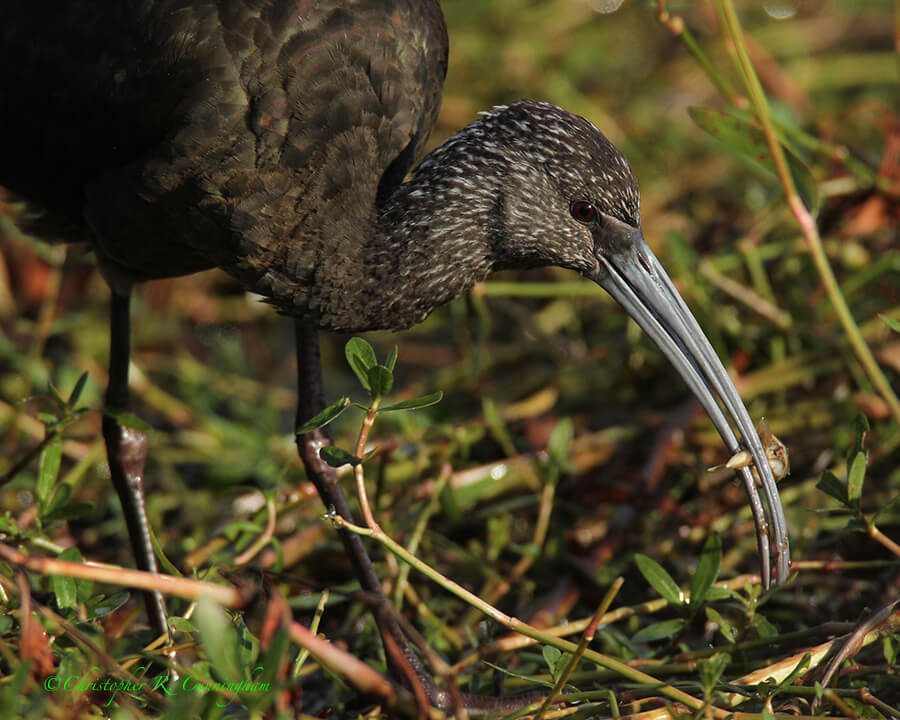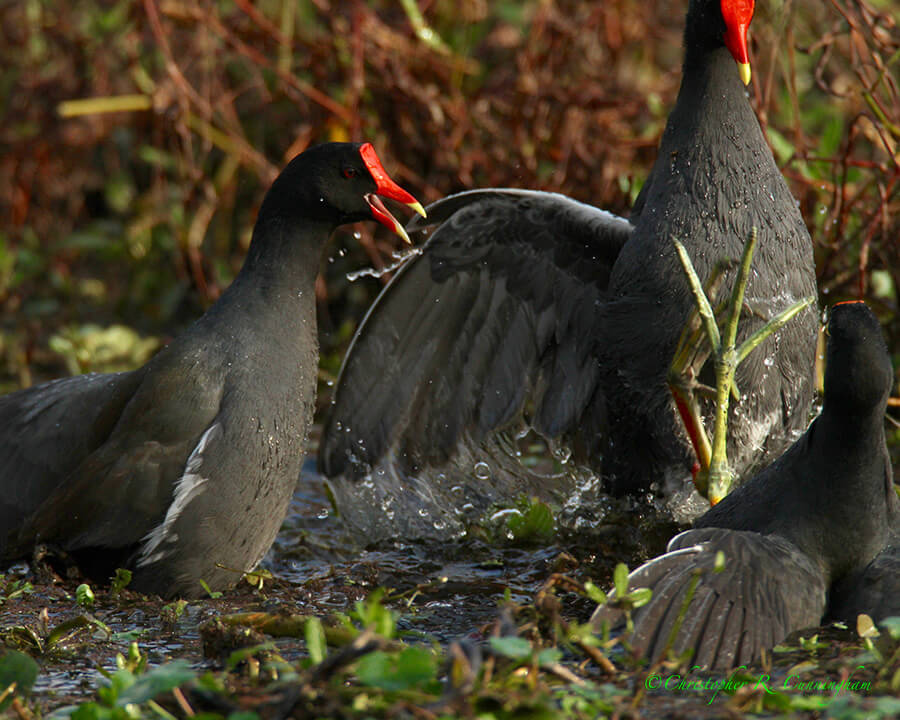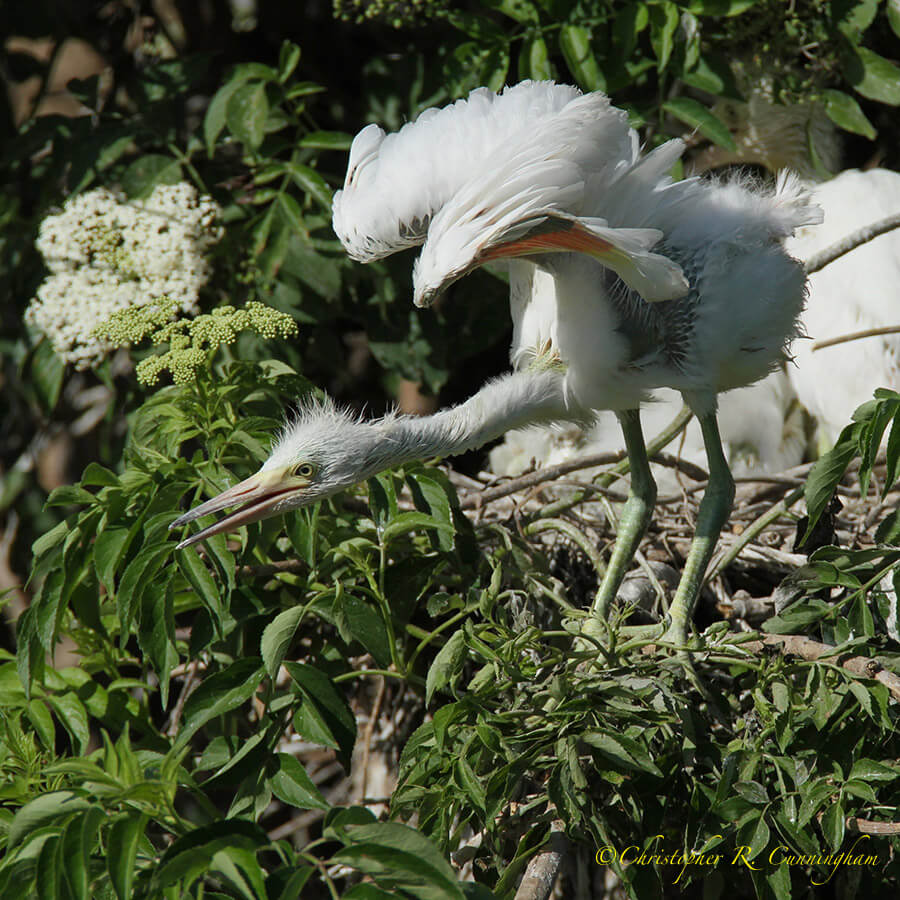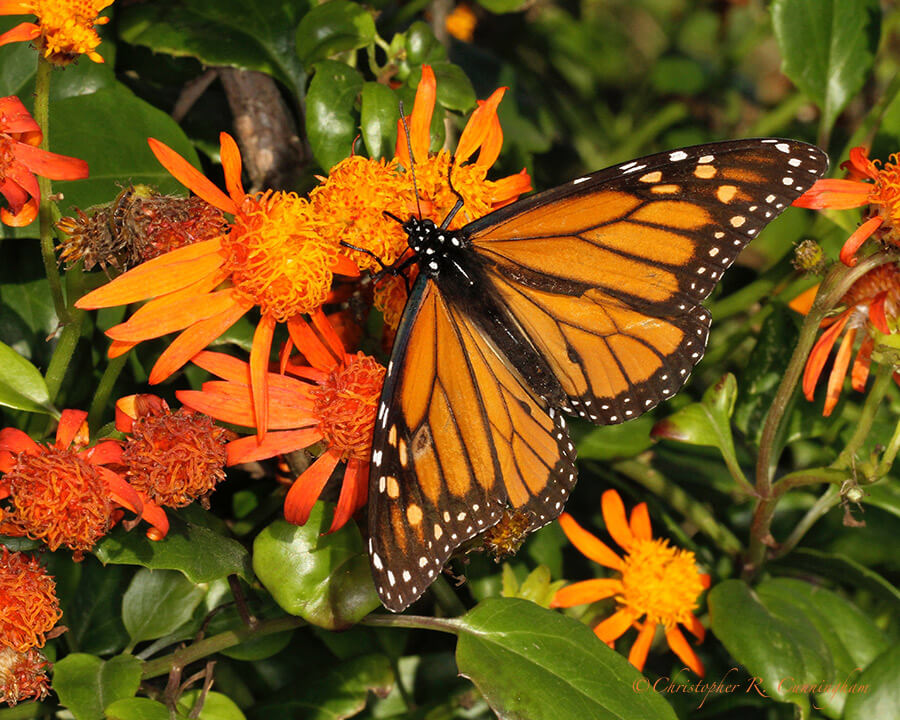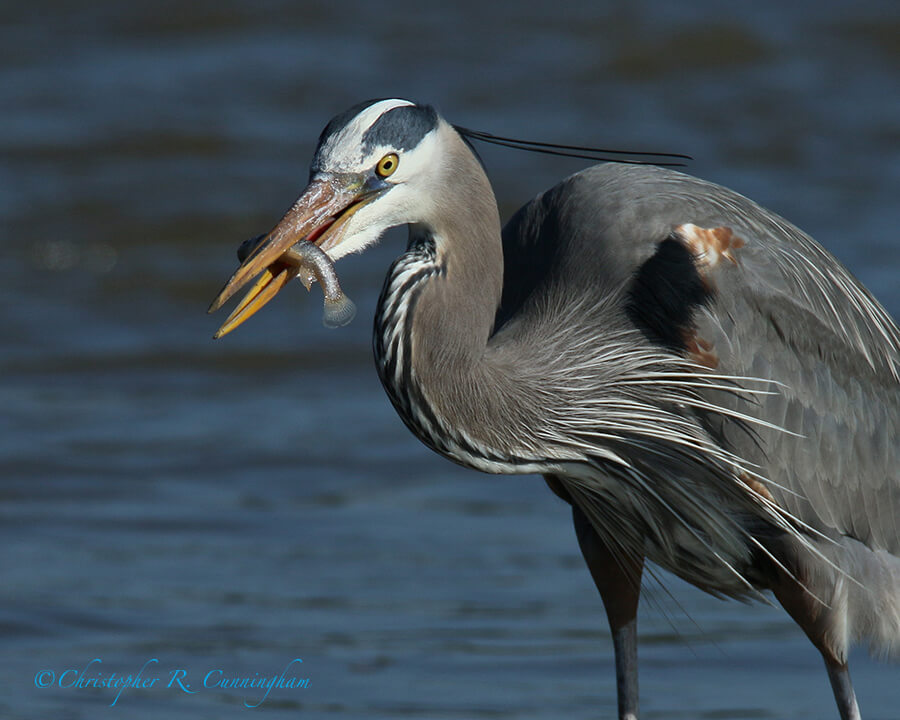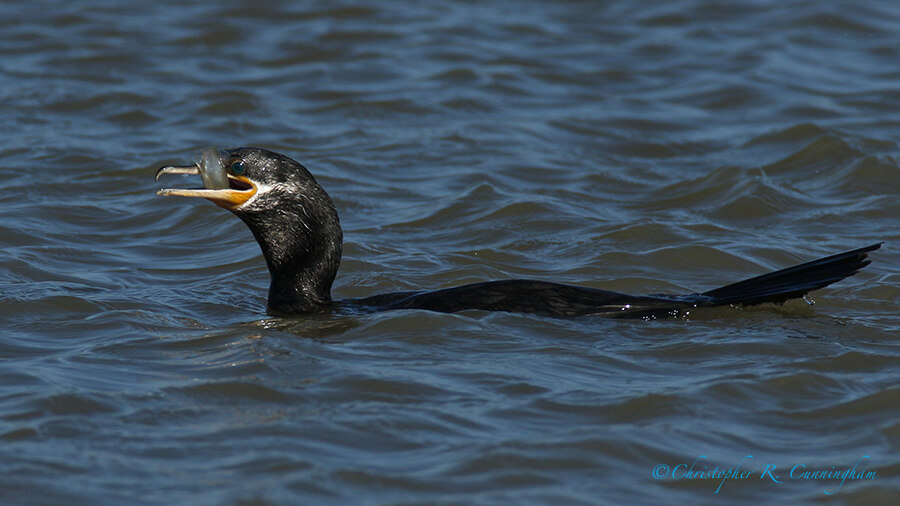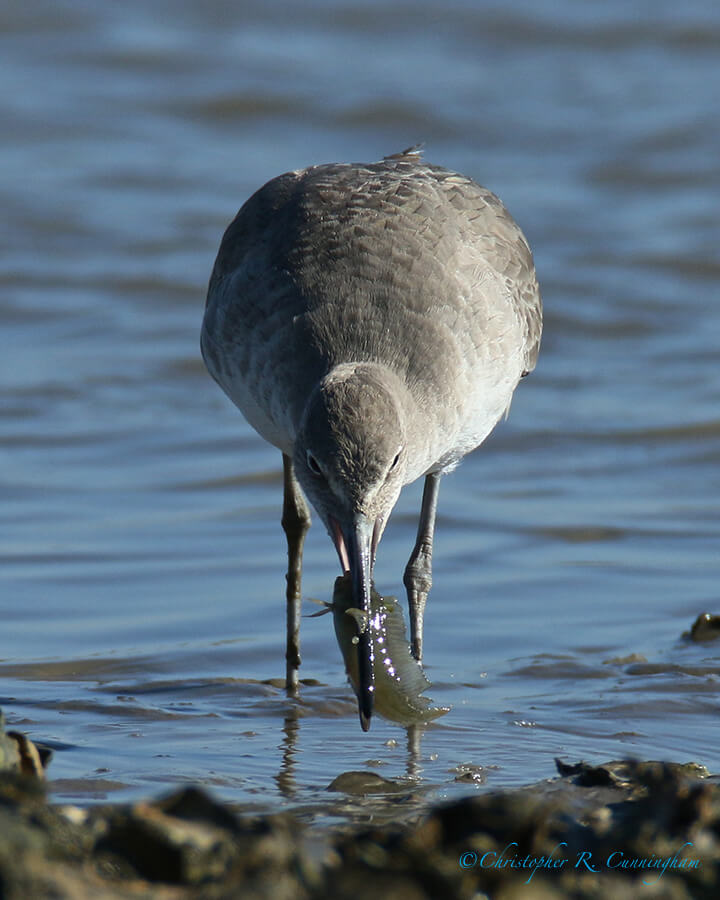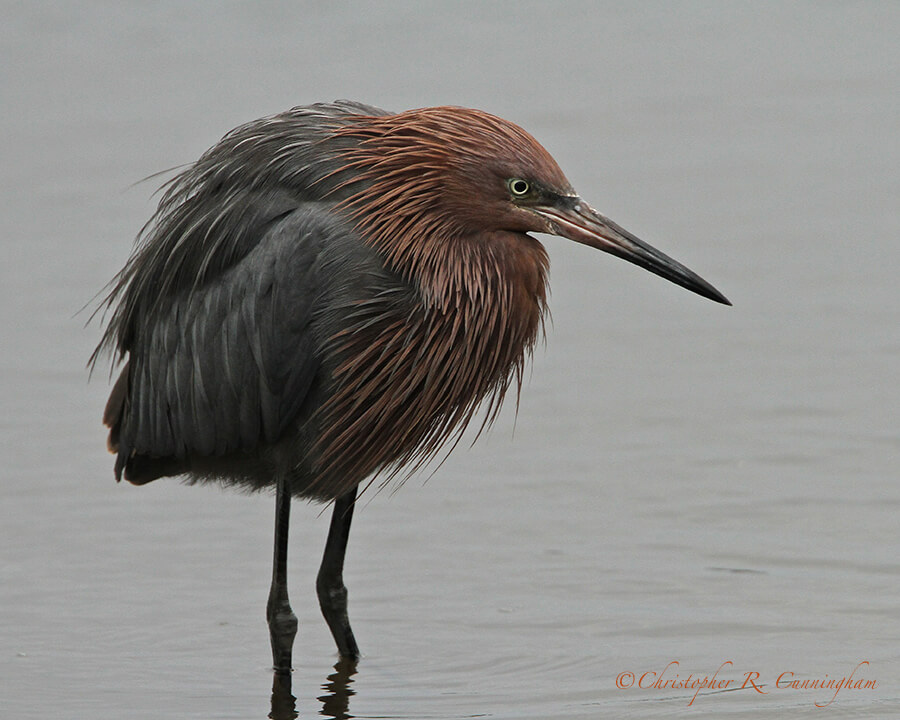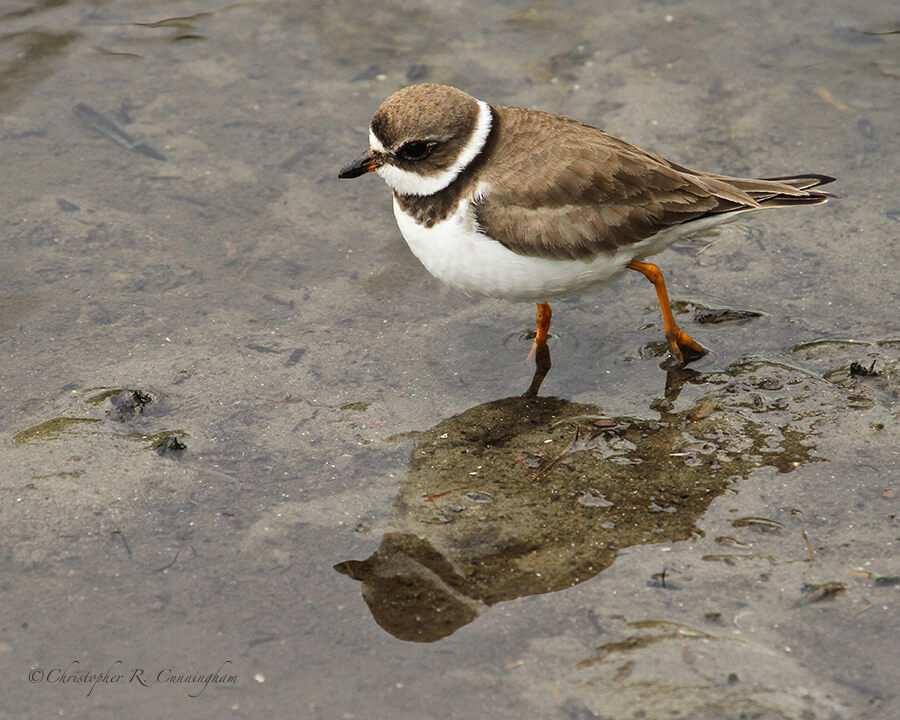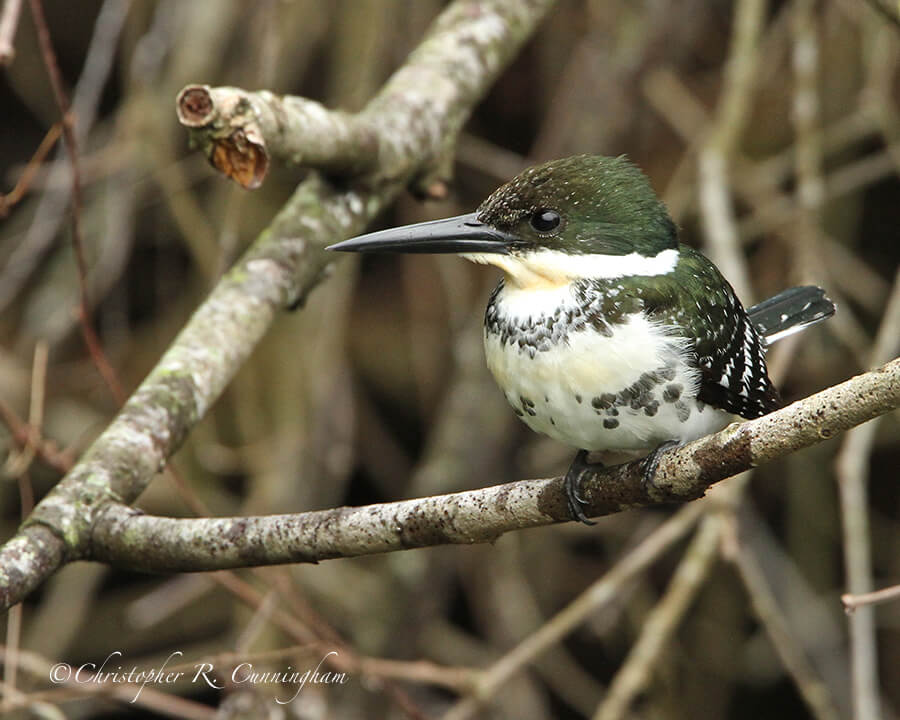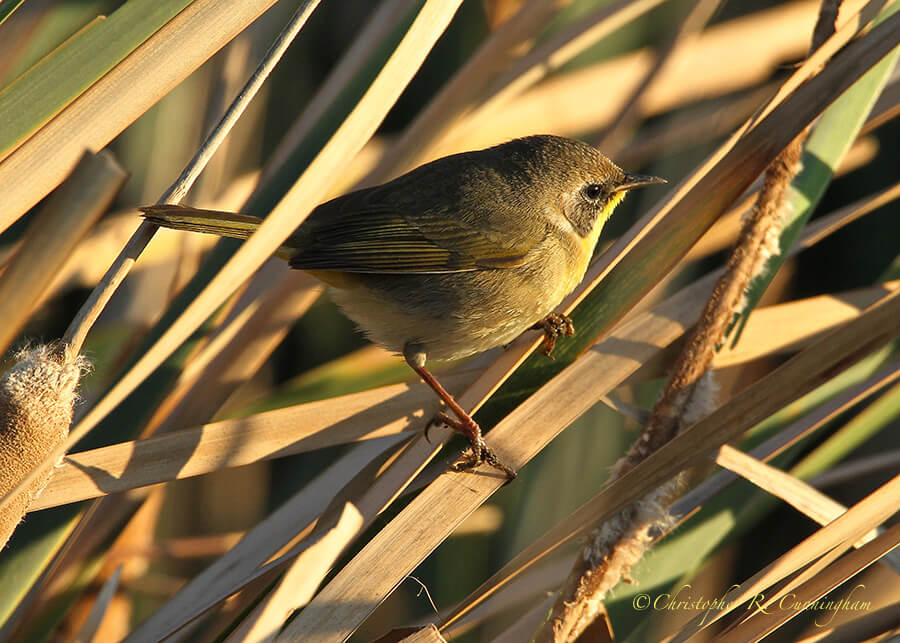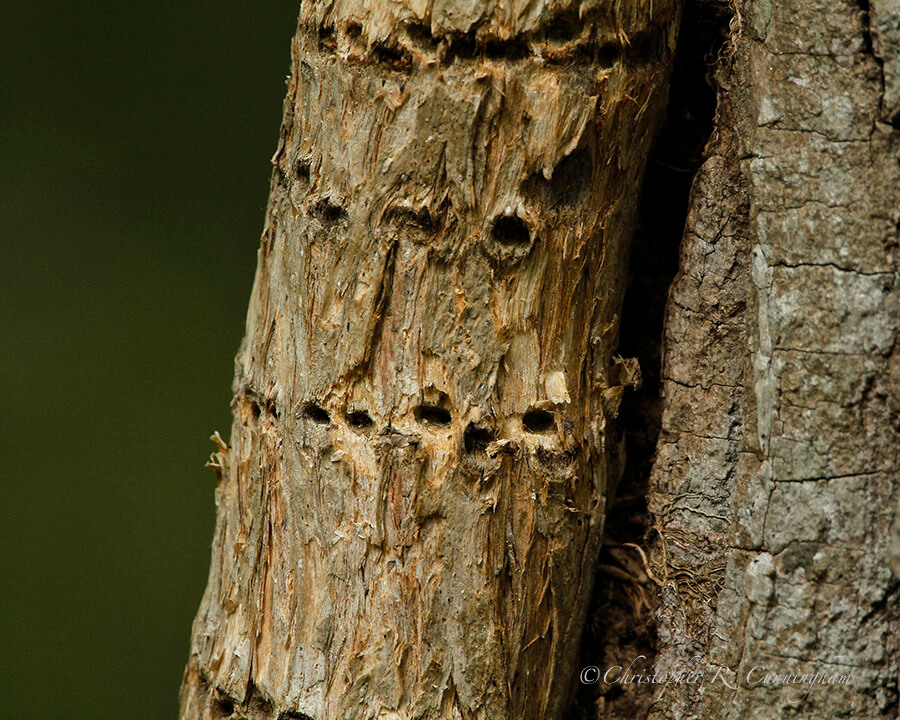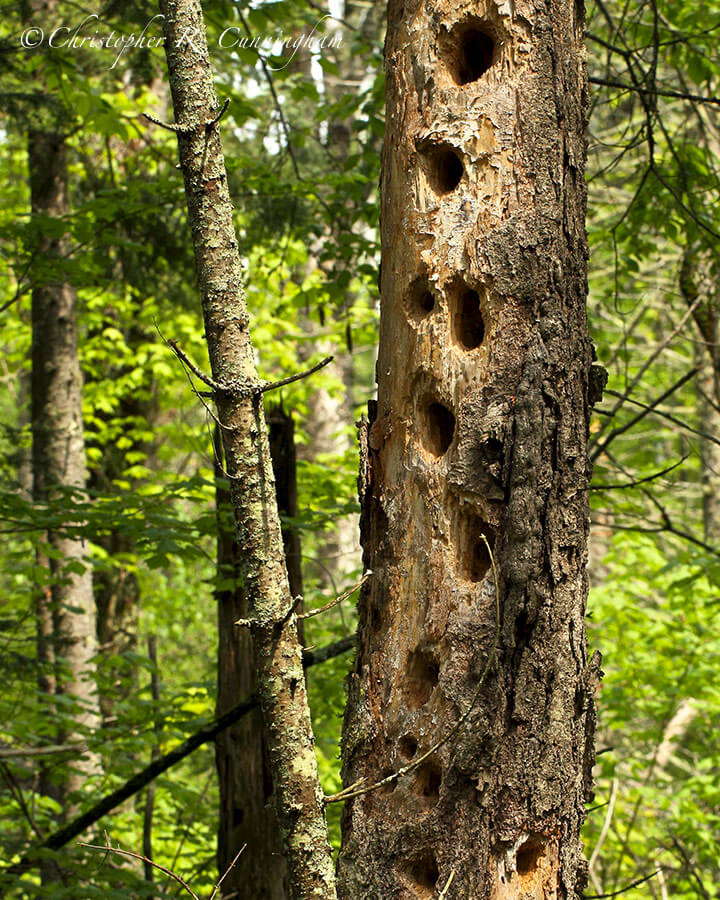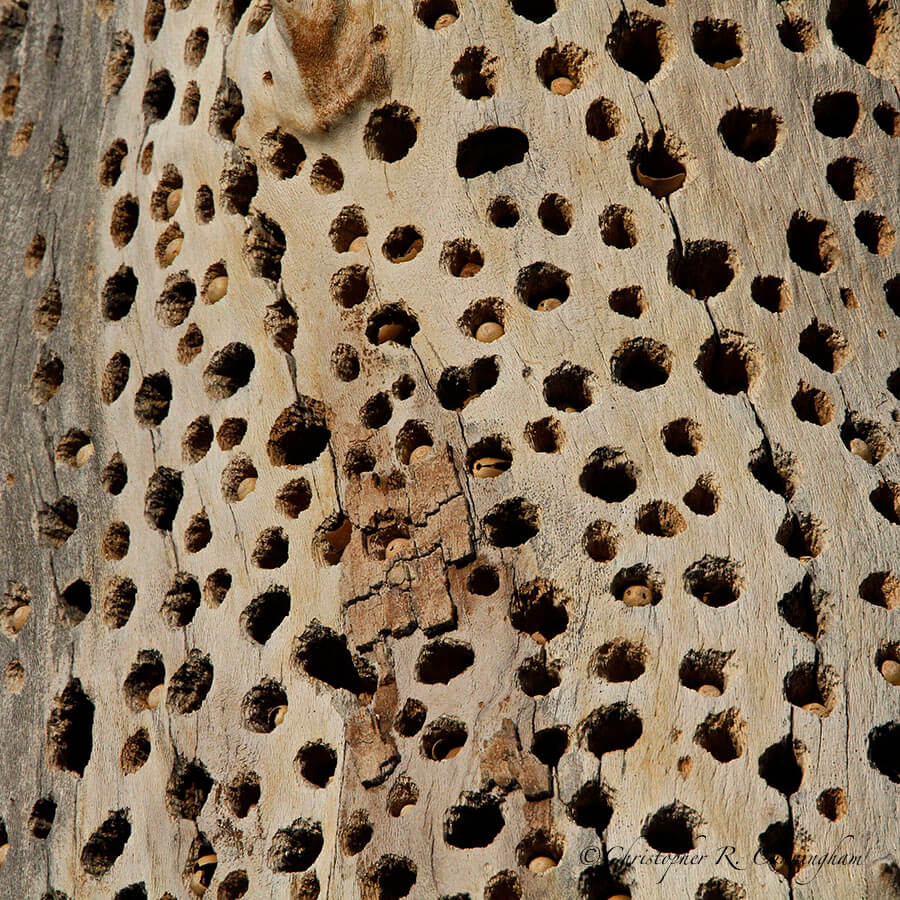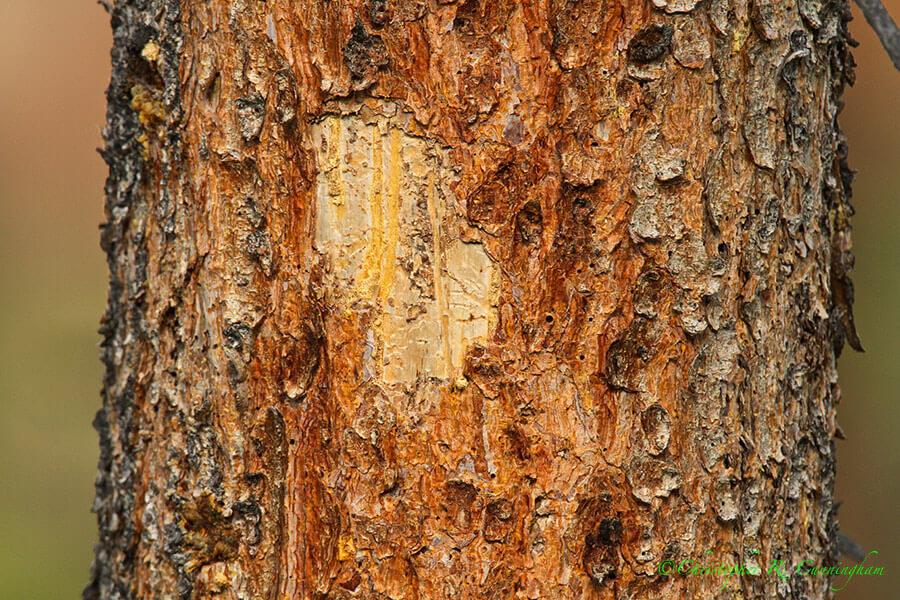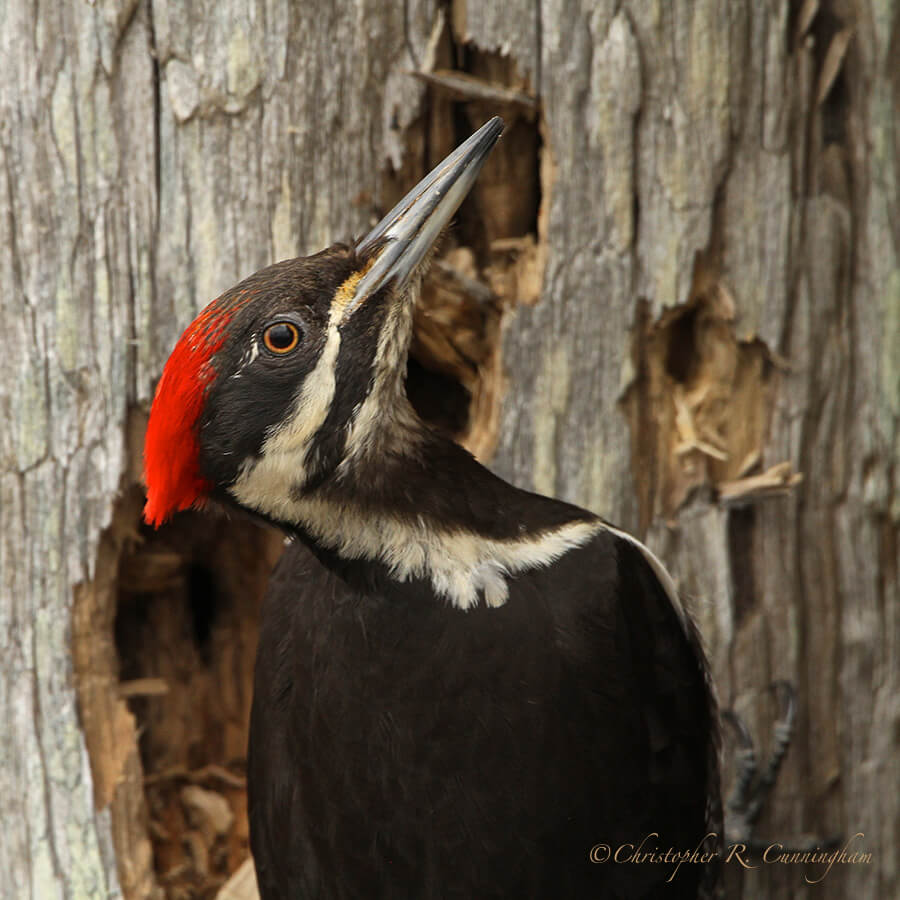Anhingas may spread their wings when underwater to lure fish into the shade their wings create, a hunting technique known as “canopy-feeding” that is also used by herons standing over the water.—Brinkley and Humann (2013)
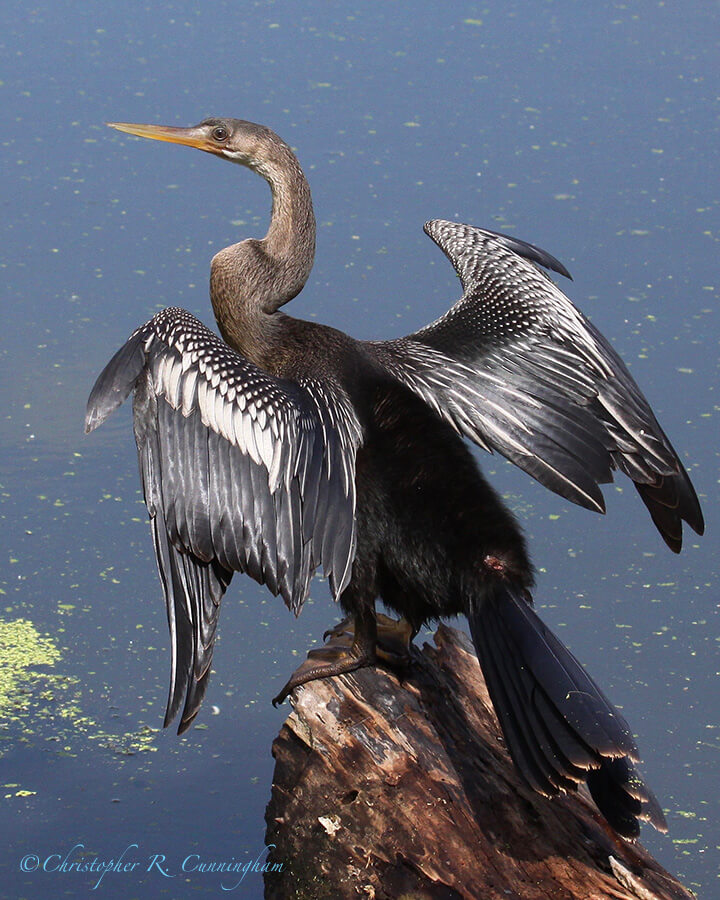
Like cormorants, Anhingas can sometimes be seen, wings spread, drying their feathers on live trees and dead logs in or near water. Also like cormorants, Anhingas are skilled underwater fishers, and lucky observers can sometimes see these birds paddling past with fish. Anhingas, though, have sharp, dagger-like bills that they use as spears rather than meat hooks to snag.
Many a time I have waited patiently for an Anhinga to re-emerge after a dive—but they are only slightly more predictable than Pied-billed Grebes, and with or without prey, they are difficult to photograph while swimming past with their jerky, bobbing head motions.
While seeming like resident birds at places like Brazos Bend State Park, Texas Anhingas actually do migrate along the coast in the U.S., and to an extent, inland during summer.
Internet sources are riddled with “facts” about Anhingas that can be refuted by simple observation. These birds, for example, are said to lack preen glands, which is plainly not the case. They are also said to be unable to fly (or at best are poor flyers) with wet plumage, which is nonsense as they can often be seen taking off from the surface of water.
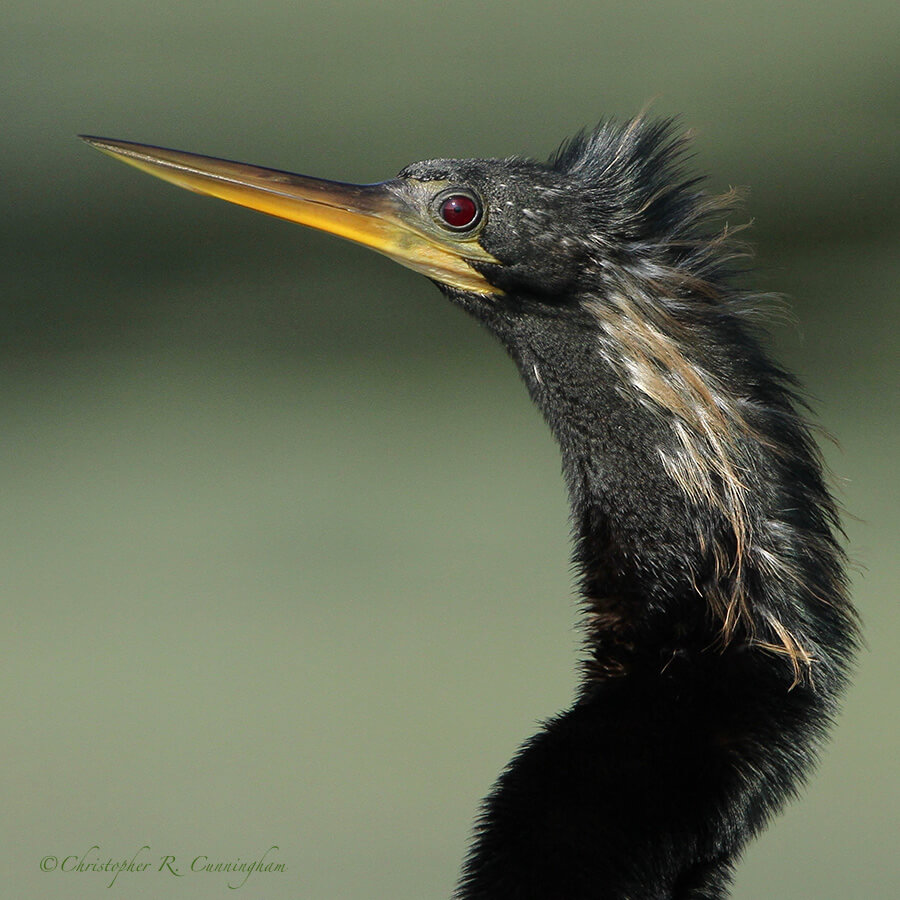
Anhingas are said to have feathers that saturate with water because of a lack of oils in the feathers. Brinkley and Humann (2013) indicated that this is not the case, however. Rather than lacking oils, the feathers have a fine structure that permits the penetration of water, resulting in low buoyancy and permitting a low swimming and fishing profile.
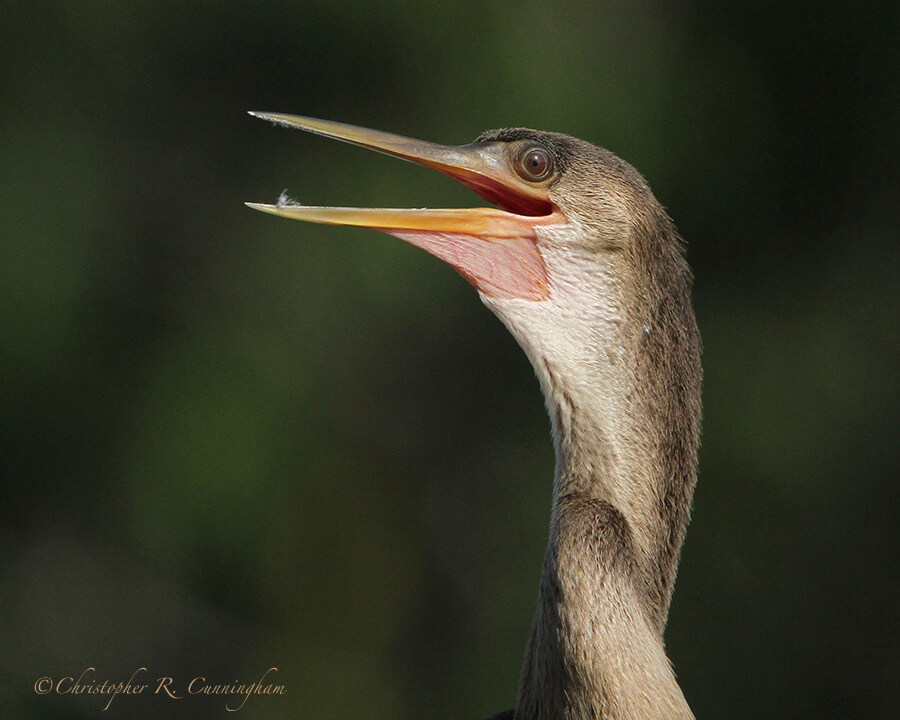
There is also much speculation about what Anhingas are up to when they are sunning themselves. Personally, I think it has to do with thermal physiology and grooming. After a big meal meal, Anhingas will climb from the water and sun themselves. Perhaps the warmth of the sun will speed the chemistry of digestion. Often they will also preen themselves by dipping their beaks into their preen glands and comb through their feathers with their oiled, finely crenulated beaks to keep plumage in fine aerodynamic and hydrodynamic condition.
The northeast corner of 40-acre Lake is a good spot to observe Anhingas spearfishing. Sometimes, if you look down into the water from the levee between 40-acre and Pliant Lakes, you can see them silently submarine past. This summer, from time to time, I plan to park myself here, perhaps seated on the bench, and try to improve my collection of Anhinga images.
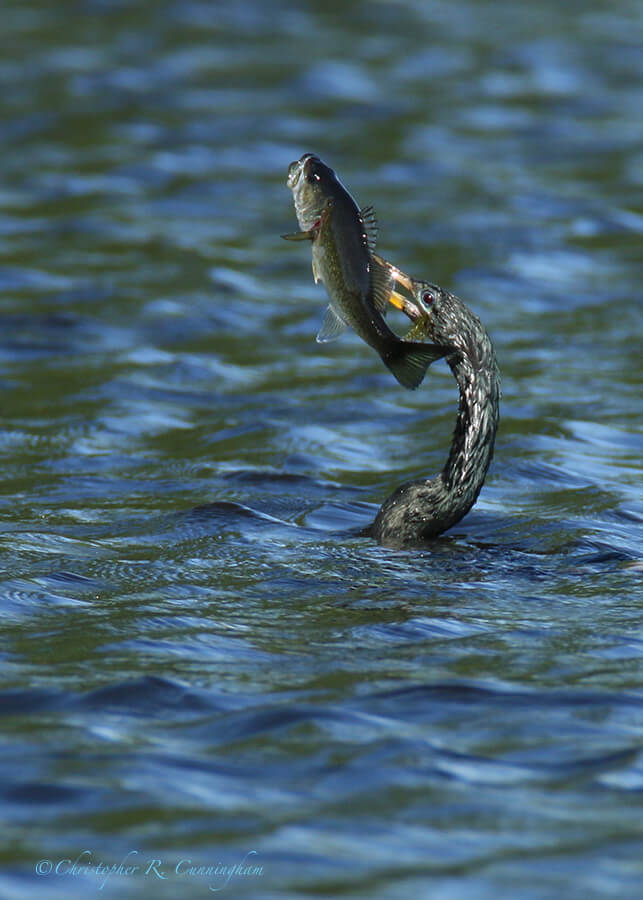
Reference
Brinkley, Edward S., and Humann, Alec. 2013. Darters (Anhinga) in Elphick, C., Dunning, John B., Jr., Sibley, D. A. The Sibley Guide to Bird Life and Behavior. Alfred A. Knopf, New York. 588 p.
©2016 Christopher R. Cunningham. All rights reserved. No text or images may be duplicated or distributed without permission.
